Recently Kim Harte and her sister Tarah got identical tattoos of spoons on their left upper arms. The meaning of these tattoos would not be obvious to strangers. Last February their father, after a period of illness with cancer, was given only days to live, and Kim and Tarah were permitted to spend time with him in the hospital (visits had previously been restricted due to Covid).
“The priority was just to keep him comfortable at that stage,” says Kim. “He was unconscious a lot of the time. Even though he was taken off all the machines and he wasn’t eating or drinking, they’d still bring little pots of jelly or yoghurt and leave it on the table tray. And we went in on the Wednesday and he was just lying in the bed looking really peaceful just sort of cradling this spoon… We were shattered and it was all so sombre and grim and sad, but we just saw him with this spoon and we started laughing... There was something about the way he was holding it and the expression on his face. He just looked so like peaceful and comforted.”

He died on Good Friday. Kim kept the spoon. They couldn’t have a proper funeral, couldn’t sit around a pub reminiscing about him with his friends, so they decided, “let’s get tattoos” .
They sent a picture to talented tattoo artist Dev Fay so she could work up a sketch for a "hand poke" tattoo (done by hand rather than with a tattoo gun). Kim had had a tattoo before. She describes it as "a piece-of-shit dragon tattoo" and laughs. "I was delighted with myself at the time, but it didn't take very long before I was like 'oh my god. That's really lame'. It's not even well done."
Every time that I see the tattoo, it makes me smile and it's weirdly comforting
This tattoo feels very different. Few people have asked her about it but she recently explained it to a colleague. “She started crying. I thought, ‘oh God, I should have warned her that it’s actually a really sad story’.”
Was getting the tattoo cathartic?
“The process itself wasn’t but there’s a week when you’re applying salve onto it. Weirdly, for me that was very emotional. I suppose I was looking for healing in an emotional sense and as [the tattoo] was healing there were a few days when I’d be putting salve on it and I was kind of tearing up a little bit.”
And now? “Every time that I see it, it makes me smile and it’s weirdly comforting. My dad chose to be cremated... so we don’t really have a grave to visit. But you’re kind of carrying him with you.”
It was also a bonding experience for the sisters. “Losing our dad was a hard thing but the aftermath of him dying has been incredibly complicated and we feel very much in it together but kind of on our own. So it’s nice to have this. Every time I see it I think of my dad but I also think of her.”
Kerri Ní Dochartaigh
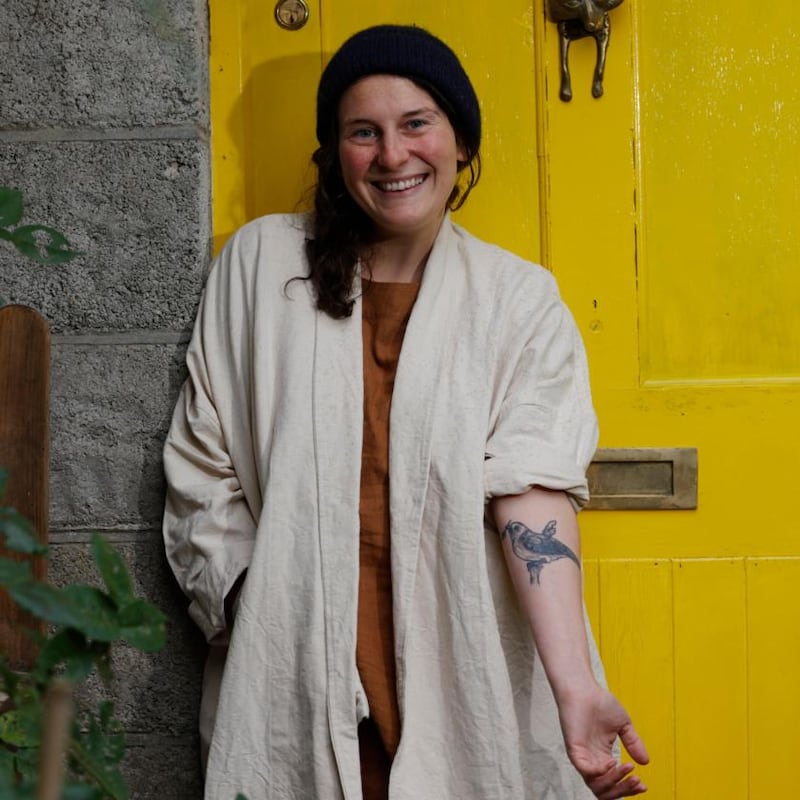
Kerri Ní Dochartaigh, author of the memoir Thin Places, has two tattoos. Her first she got it at the age of 16 in memory of a friend who died. A number of her friends got the same tattoo. The second is all hers. It’s a canary, and it signals the start of a sober life.
“My grandfather, who’d passed away a few years before and who was the most important person in my life, rehomed canaries and pigeons…. One of my most moving memories of my time with my grandad was gathering dandelion heads because he’d give them to the canaries.”
She had been trying to stop drinking for a few years. She and her partner were planning a holiday in England, and she decided that at the end of this holiday she would stop drinking and she would mark it with a tattoo. She planned it all meticulously in advance but when they got to Manchester the tattooist cancelled. Normally, she says, that sort of thing really threw her. This time she just boarded a train and went to another tattooist in Leeds.
Sometimes when it comes to meaningful stuff, cheesy is very important
“It was this really beautiful, crisp winter morning. And I remember there was this bit of the train journey where the sky was completely pink and there was a crescent moon and all of these pigeons just flew around in the sky…We got there and I went in. All of a sudden I was just telling her all about my granddad and how I’ve had a quite difficult life and he’d been the one person that had really guided me through and how I was trying to stop drinking because it was the thing that I knew he really wanted me to do.”
She realised, “I was just going to walk out from there, and I just wasn’t going to be a drinker anymore.”
She’s not sure why it all feels so significant. She thinks it’s the whole story of it. “I’m really about patterns and meaningful things…[back in] Manchester we went to a pub [and] I went into the toilets downstairs, and on the wall there was a picture of a golden bird that was literally just like the bird I had on my arm.”
I ask her to describe the tattoo. “It’s got a branch in its beak, just that sense of rebuilding, which is really cheesy, I know. But sometimes when it comes to meaningful stuff, cheesy is very important.”
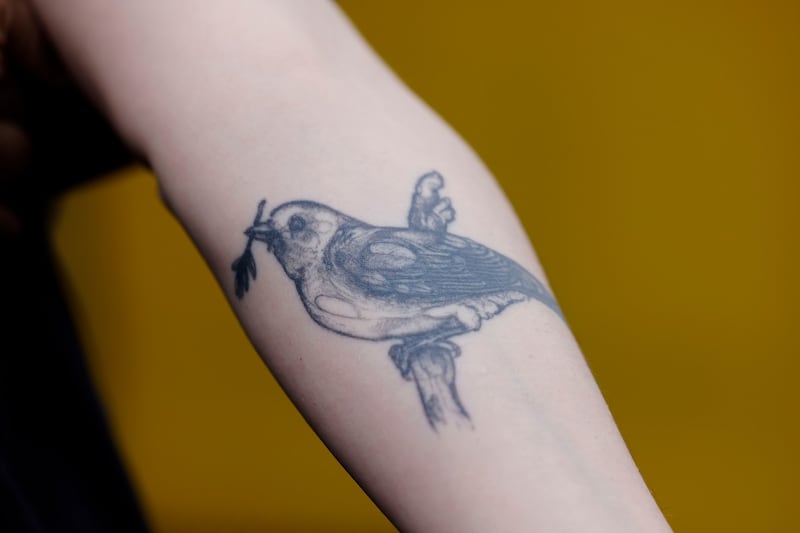
She’s going to get more tattoos – something to remember breastfeeding her child and a sleeve of moths representing “beauty amongst darkness”. She wants to return to the same tattooist in Leeds.
She’s been sober for three years.
“Since that November we’ve had the pandemic, I’ve lost friends who passed away, I’ve had a really difficult book to bring into the world during a difficult time, which is really hard.
“I’ve been pregnant during the pandemic, I’ve given birth during the pandemic, I’ve been a mum at home in the middle of nowhere with this really small baby, no one else around except my partner. And there have been times, honestly, where I would have just drunk everything in the house if I didn’t have that tattoo… It sounds ridiculous, but it holds me to account.”
Niall Breslin
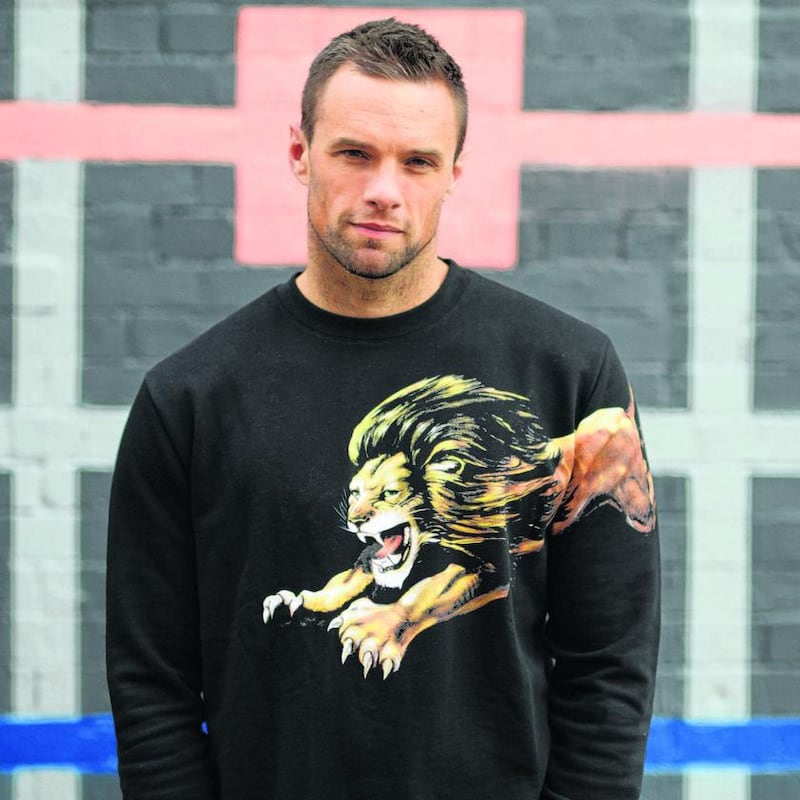
The first tattoo the singer Bressie (Niall Breslin) got was the co-ordinates of Bundoran, where his parents met, and the time of their meeting. All of his tattoos have strong significance for him. Some, for example, recreate the work of the socially conscious street artist Joe Caslin. But his favourite is a recreation of the front cover of the Tom Waits album Closing Time. Why that album?
“When I lived in London I had a really bad bout of depression and insomnia. I was living on sleeping pills day and night. I just wasn’t in a great place. I would listen to that album and pretend I was in a bar in New York and this guy was just having a whiskey and a fag behind me playing these tunes. It just took me away from where I was… I used to listen to every second of it from the start all the way to the very last song... I hate using phrases like, ‘It saved my life’, but it certainly got me through one of the darkest moments of my life”
A few years later he decided to mark the experience by having Ross Nagle tattoo the album cover on his arm. "[It] was kind of catalyst for me to come home... I said to my mum 'if I ever meet Tom Waits, I'm going show it to him.' My mum was like, 'I probably wouldn't do that'."
He laughs. Not everyone gets it. One of his bandmates said, "why the f*ck have you got Mick Hucknall on your arm?"
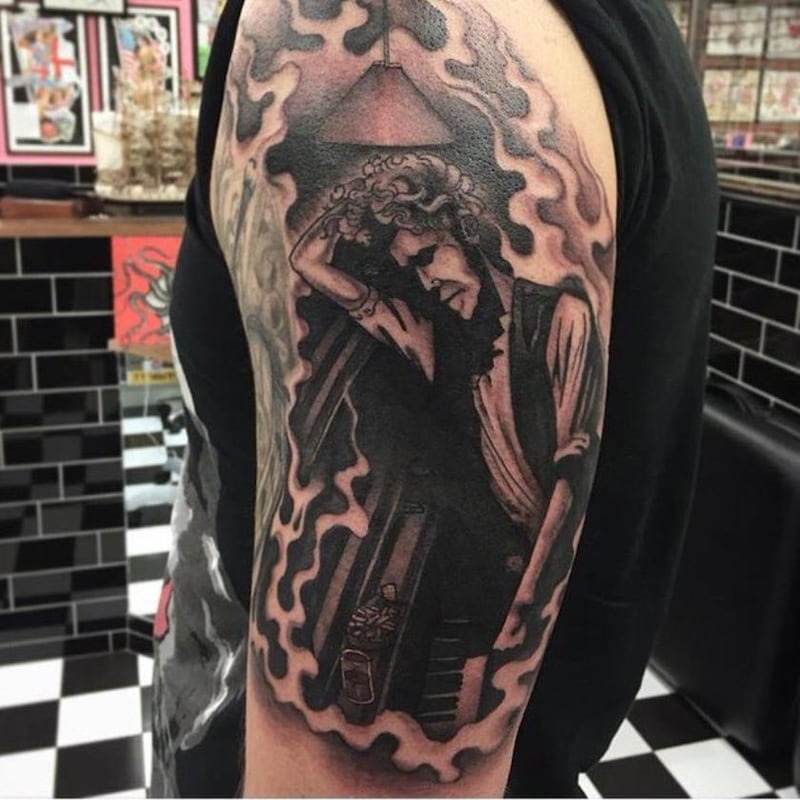
He talks about times he has spent in Ross Nagle’s studio with friends. It’s powerful, he says, “just to be in a tattoo parlour, with all these lads getting tattoos talking about grief and talking about the pain of it and how to process it.”
Why is the Tom Waits tattoo still so important to him?
“Some people will say ‘you don’t want to be reminded of that period.’ But that’s the problem. We try to outrun these things. And these moments in our life can teach us more about ourselves than anything else.
“I’m not as frightened of that time. I don’t try to pretend it didn’t happen. It’s a reminder that sometimes we see more in the dark...I never got tired of that album. I still listen to it so much. It doesn’t give me bad memories. That’s the beauty of the record.”
Hazel Larkin
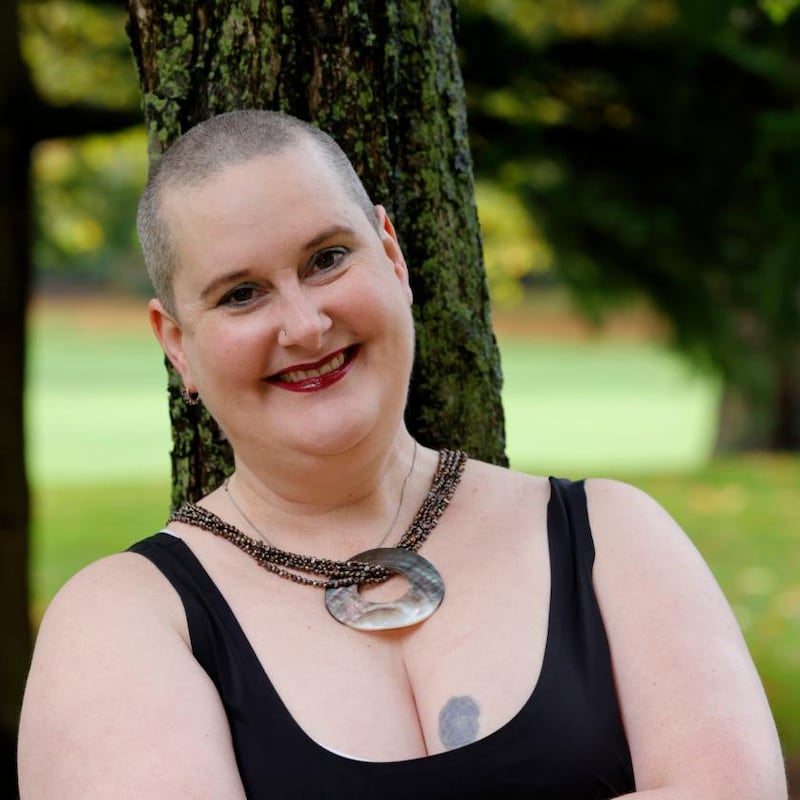
When Hazel Larkin was 17 she had a Celtic knot tattooed on her breast where she had been harming herself after the trauma of abuse. "There were scars visible on my breast and [getting the tattoo] was one of the things I did to make up to myself having abused myself and having been abused by other people."
Larkin is currently finishing a PhD on intergenerational trauma and child sexual abuse for women in Ireland. Knowing what she knows now, is getting a tattoo a common way that people try to process trauma?
"I have come across one or two people who have done that. I was surprised when I read Needlework by Deirdre Sullivan because her heroine did things I had done as a teenager, changed her name… and got a tattoo… She had a feeling that that was something somebody would do after self-harm."
What does she think of her decision to get that tattoo now? “I look at it now with an element of fondness and a sense of understanding and love for my 17-year-old self…. 48-year-old me probably wouldn’t go and get that tattoo done now but I have a great fondness for 17-year-old me who did.”
How does it make her feel when she looks at it?
I very much think it's fine that 17-year-old me went and did that. I have absolutely no regrets
“It’s a reminder of what I’ve come through... It was a way to go, ‘I’m not the person who hurts myself anymore. I’m actually going to get something put there now that is a thing of beauty.’ I remember in my own head thinking, ‘this is how I’m making it up to myself.’
It didn’t actually mark the point where everything turned around for her. That was later. “But I very much think it’s fine that 17-year-old me went and did that. I have absolutely no regrets.”
She has one other tattoo, an “om” symbol incorporating the elephant headed god Ganesh. Next year she and her daughters are getting elephant tattoos. “When the three of us are together and put our left wrists together the three elephants will join up trunk to tail.”
She says that her Celtic knot tattoo is more like an “abstract image” these days, “A number of pregnancies and breastfeeding later it’s not in its original state but I wouldn’t have it removed... It’s still powerful when I see it. If I’m wearing something where you can see the top of it, I’m quite happy that it’s there.”
Sarah
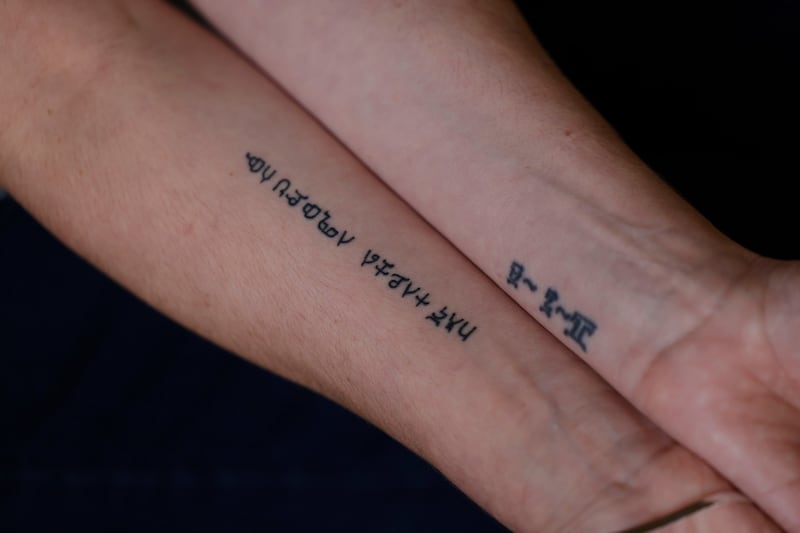
Sarah (not her real name) has two tattoos on the inside of her forearms, both translated into Amharic script. If anyone asks about them she just says that one of them is an important date and the other is a line from a song she likes.
"I had a son nearly 30 years ago and he was adopted," she says. "It was one of those things that I kept quiet... Around the time he was turning 21, I thought, right, that's it I'm going to get his date of birth. I love Ethiopia and I love the culture, and that's why I went for the Amharic script. One of the reasons for it was that there'd be something visible to me that I carry him with me all the time. I do that anyway but it's kind of like a physical manifestation of it."
Her other tattoo, she got on her son’s birthday this year. It’s a line from a Delorentos song, Petardu, written by singer Kieran McGuinness, who was also adopted. The line she chose, “separated from us to someone else’s love”, makes her think of her son. “I know that the family that he went to love and adore him. Even though we’re separated I know he went somewhere he was very loved.”
There aren't any days I don't think about my son
She would never have considered getting a tattoo if not for having a very personal reason. “After I got the date of birth one, I met my ex and he had two or three lovely tattoos. They were really beautiful. And I said ‘oh what are they?’ And they weren’t anything.” She laughs. “I was like ‘ah, right, squiggles!’ Lovely but they’re squiggles.”
Now she knows all sorts of people who have tattoos, and feels that the stigma is gone. Her elderly mother is even considering one. “Maybe soon I’ll be like, ‘I got these ones for very personal reasons but this one is just a picture of my dog’.” She laughs.
She’s very glad she has her tattoos. “They’re something visible to me that means he’s with me always. If we ever meet I’ll be able to say, ‘look you were there all the time. You were always in my heart, and you’re etched on my skin.’ There aren’t any days I don’t think about him.”
Kate Brayden
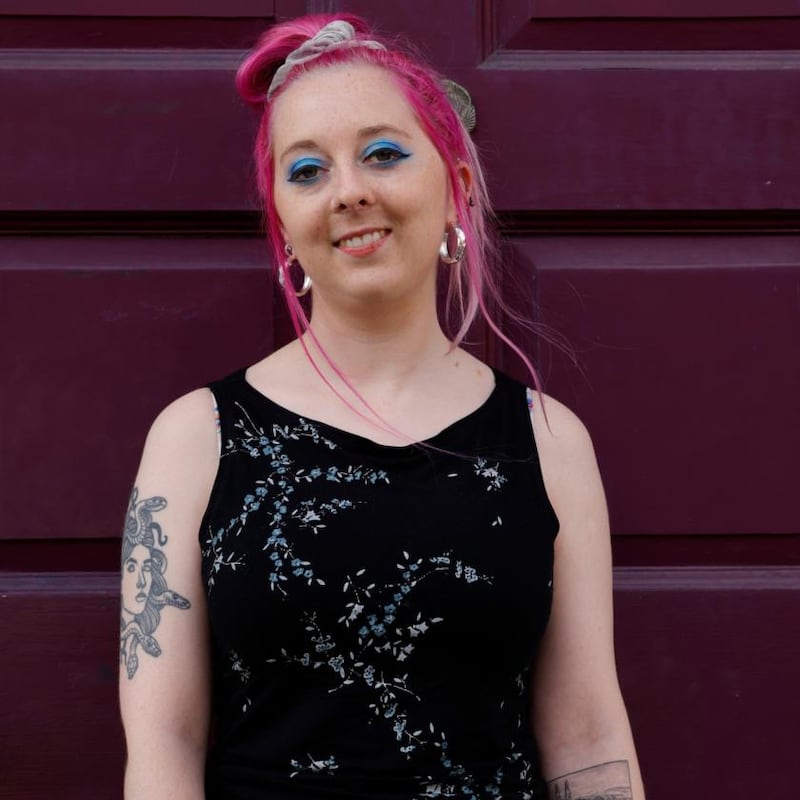
Kate Brayden has a detailed fine line tattoo of a postcard from Zurich on her arm. It was in Zurich that a surgeon said he could help with her chronic pelvic pain.
“I have endometriosis and fibromyalgia but he figured out that there was a lot of scar tissue trapping the nerves in my pelvis,” she says. “I’ve seen doctors around the world, and I usually don’t have any hope when I see them. They think they know better than you and try and gaslight you... But he was very calm and it was a really nice experience of consultation… I just remember feeling so much hope.”
While there she chose a painted postcard of Lake Zurich to send to her twin back home. The prospect of surgery made her anxious. She'd had several operations in the past, and she knew that there would be a period of recovery time before they even knew if it worked.
“So I was trying to wrack my brains for something that would help me along so I just kept looking at this postcard and I was like okay, well I’ll just get this on my arm so I can look down and see it and feel that hope again for the next 12 months.”
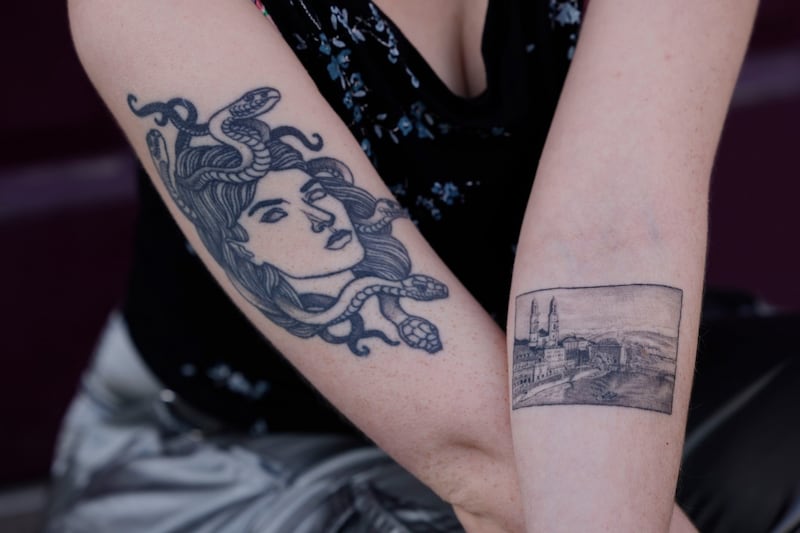
It wasn't her first tattoo. She has a pair of mirrored faces from a poem her grandmother wrote when she and her twin were born. She also has tattoos of Medusa and Odyne, goddess of pain. "I couldn't live in a house without art on the walls, and it's the same for me with my skin. I couldn't have a completely blank canvas when there are so many incredible artists."
Jessie Huh created her Lake Zurich tattoo over five hours without breaks. “She just sat there with these tiny glasses.…You could barely see the needle she was using. I actually don’t know how she does it... She’s so skilled.”
How is her pain now?
“The surgery didn’t work in the end. But it doesn’t change the meaning of the tattoo for me. I still love it and it did help me get through the 12 months… I see it as one little checkpoint on my journey. I didn’t think Zurich was ever going to be an endpoint [but] I felt a bit of hope.”
The biggest thing for me is a sense of pride that that person was in your life and you get to wear it every day
Bressie calls Ross Nagle, of Allstar Ink in Limerick, the "tattoo therapist". Nagle has been hanging around in tattoo shops since he was 11 – his friend's older brother was a tattooist – and has been in the business since 1999. Since he started tattoos have ceased to be a niche concern. He has seen all sorts of people marking all sorts of milestones with tattoos over the years.
“They might get their parent’s signature tattooed on them... I’ve had people whose kids have died dedicating an entire arm to their memory… It could be someone has beaten cancer and they get a cancer ribbon... It’s as powerful a reminder as you can get really.”
He stresses that these are not the only reason get tattoos – some people just like tattoos – but there’s often a deeply personal story behind it all.
What was his first tattoo?
“A grim reaper. But I only got that because I was a young fella and thought it was cool. There was no emotional connection to that...But I’ve lost a brother and I’ve had his portrait tattooed on me. And I lost a daughter and I’ve had her name and the date she passed away tattooed on me. Whenever I look in the mirror you get that reminder.”
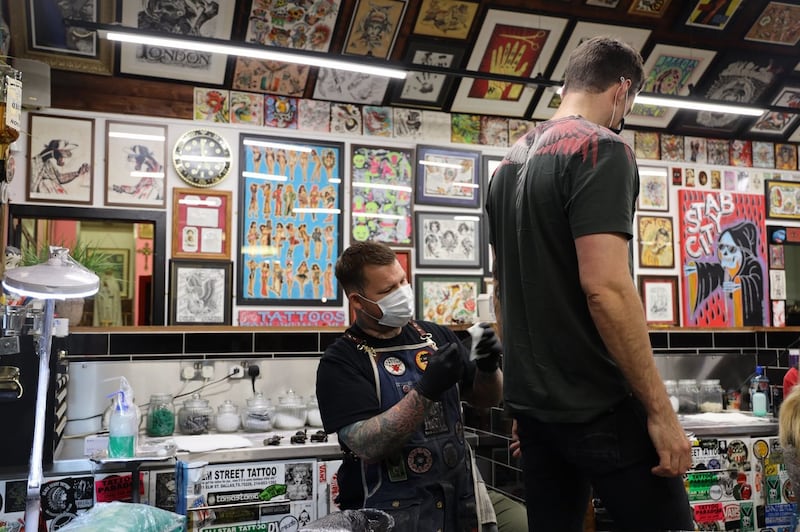
Did he find that cathartic? “I suppose you’re dedicating a part of your body to that person. The biggest thing for me is a sense of pride that that person was in your life and you get to wear it every day.”
Tattooing people is an intimate experience and he’s become a good listener. He and Bressie became good friends after Bressie started getting tattooed by him. “He started getting tattoos off me only two months after I lost my own daughter. She passed away 2015. He came into my life and he helped guide me a lot and helped me deal with my own emotions. He’s a very good fella to talk to.
“We’re doing a thing in February where I’m going to tattoo him on stage here while he interviews me for the Where is my Mind podcast… It’s usually a very personal, very one-on-one thing, and we’re going to do it on stage on front of hundreds of people.”




















